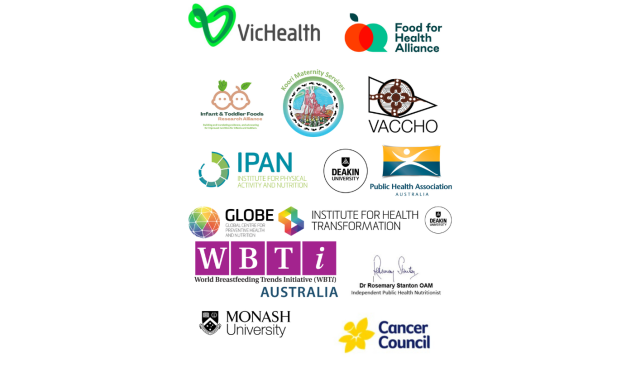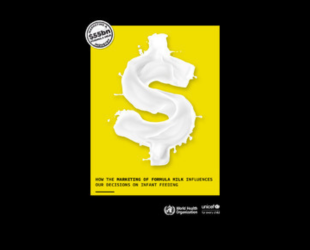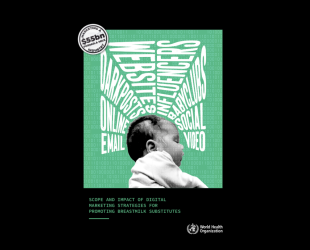All Australian families have the right to make informed decisions about how they feed their baby based on objective factual information free from confusing and exploitative marketing.
LET'S END EXPLOITATIVE MARKETING OF FORMULA AND TODDLER DRINKS
12 June 2025
ABA WHO Code Taskforce members made verbal and written submissions to the Australian Government's online Infant Formula Stakeholder Forum for breastfeeding supporters and advocates.
Key messages: The proposed legal controls of marketing of infant formula in Australia must give full effect to the WHO Code if they are to protect breastfeeding and parents informed decision-making from commercial influence. The Government should adopt a health regulatory framework for the proposed legislation to ensure comprehensive regulation and governance independent of industry influence.
19 March 2025
ABA WHO Code Taskforce members participated in a focus group as part of the Australian Government's review of marketing activities of retailers in Australia.
Key message: The marketing activities of retailers pose a significant barrier to parents' ability to make informed decisions about how to feed their baby or infant free from commercial influence. These activities also impact upon the ability of women to achieve their breastfeeding goals and must be included in the proposed regulation of the marketing of infant formula in Australia.
6 February 2025
The ACCC has denied reauthorisation of the MAIF Agreement. This voluntary, industry-led code that was found to be not fit for purpose by a 2023 Department of Health review, expired at the end of February 2025.
October 2024
The ACCC has received scores of submissions to its public consultation regarding its proposal to not reauthorise the MAIF Agreement. Amongst these are more than 60 submissions from private individuals welcoming their proposal.
What was the MAIF Agreement?
Rather than legislation which protects parents' infant feeding choices from commercial influence in line with The WHO Code, Australia had a voluntary, industry agreement (companies are not required to sign up to it), called the Marketing in Australia of Infant Formulas (MAIF) Agreement. The Agreement fails to protect Australian families from manipulative marketing practices and affects their ability to make informed decisions about infant feeding.
The MAIF Agreement was independently reviewed by the Federal Department of Health and Aged Care and found to no longer be fit for purpose.
Our project partners
The WHO Code Advocacy Project is making a positive and lasting change to support the health of mothers, babies and the whole community. We have partnered with these key public health organisations, universities and individuals in a collaborative effort to ensure that the marketing and promotion of breastmilk substitutes is appropriately regulated.

Watch the WHO Code Taskforce webinar Oct 2022

The WHO Code FAQs

The WHO Code in detail

Report: Impact of Formula Milk Marketing

